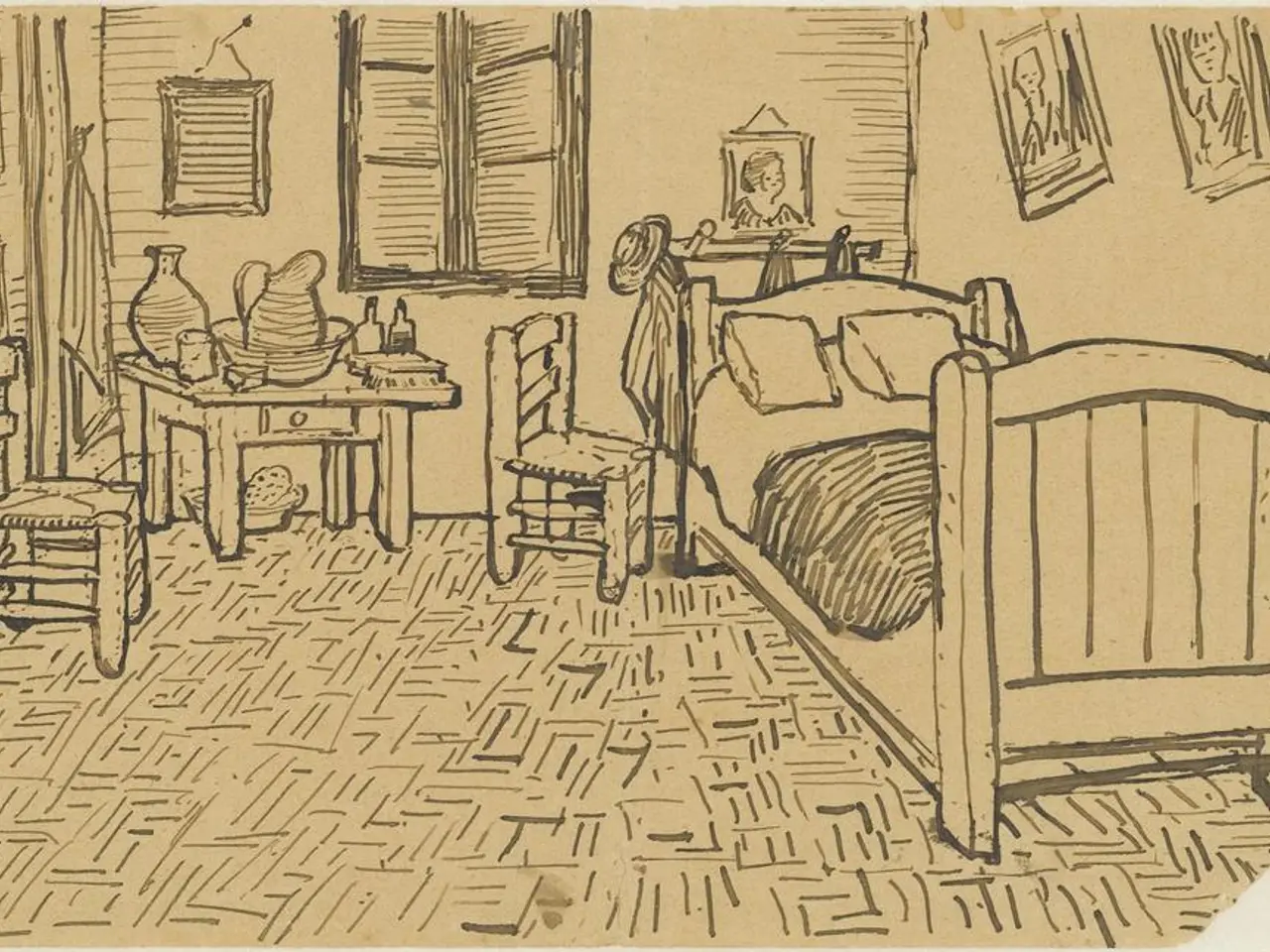Transformation of Feudalism: Journey from Medieval Era to Contemporary Times
The medieval system of land tenure and feudal hierarchy, known as seigneurialism, played a significant role in shaping Europe's transition from medievalism to modernity. This intricate system of personal dependence and limited freedom, known as serfdom, was characterised by lords owning large estates and possessing certain legal and economic privileges over the peasants who worked on their lands.
Seigneurialism, which evolved from earlier Roman practices, saw its peak during the Middle Ages. Lords exercised various rights, including some related to marriage and economic extracts, with some controversial claims like the “droit du seigneur” often interpreted as monetary payments rather than literal enforcement.
As medieval kingdoms centralized power and new economic forms developed, seigneurialism gradually diminished. The decline was accelerated by social changes such as urbanization, the rise of market economies, and legal reforms establishing personal freedoms beyond the lord’s control.
The growth of trade and towns, the emergence of a money economy, and the rise of the middle class were all consequences of the decline of seigneurialism. Land became private property after its formal abolition, and equality before the law was established. This transition paved the way for modern notions of property rights, citizenship, and economic relations outside rigid feudal hierarchies.
The decline of seigneurialism also weakened feudal ties and obligations, leading to the rise of a class of independent farmers, merchants, and traders. Agricultural advancements and population growth were factors contributing to this decline, while a demographic crisis occurred during this period.
Moreover, the decline of seigneurialism affected the Church's influence and power. It resulted in the secularization of many aspects of society, marking a shift away from religious control towards more secular institutions.
In conclusion, seigneurialism was a defining institution of medieval feudal society, linking land ownership and personal dependence. Its gradual erosion marked a key step in Europe’s move from medieval structures towards modern statehood and capitalist economies. The decline of seigneurialism paved the way for a more equitable and free society, setting the stage for the modern world we know today.
[References] [1] Kowaleski, P. M. (2000). The Seigniorial System in Late Medieval England. Cambridge University Press. [2] Duby, G. (1974). The Knight, the Lady, and the Priest: The Making of Modern Marriage in Medieval France. Viking Press.
- The decline of seigneurialism during the transition from medievalism to modernity was marked by the rise of independent farmers, merchants, and traders, signifying a shift towards a more capitalist economy.
- As seigneurialism faded, it also led to the secularization of many aspects of society, reducing the Church's influence and setting the stage for the establishment of modern institutions.






